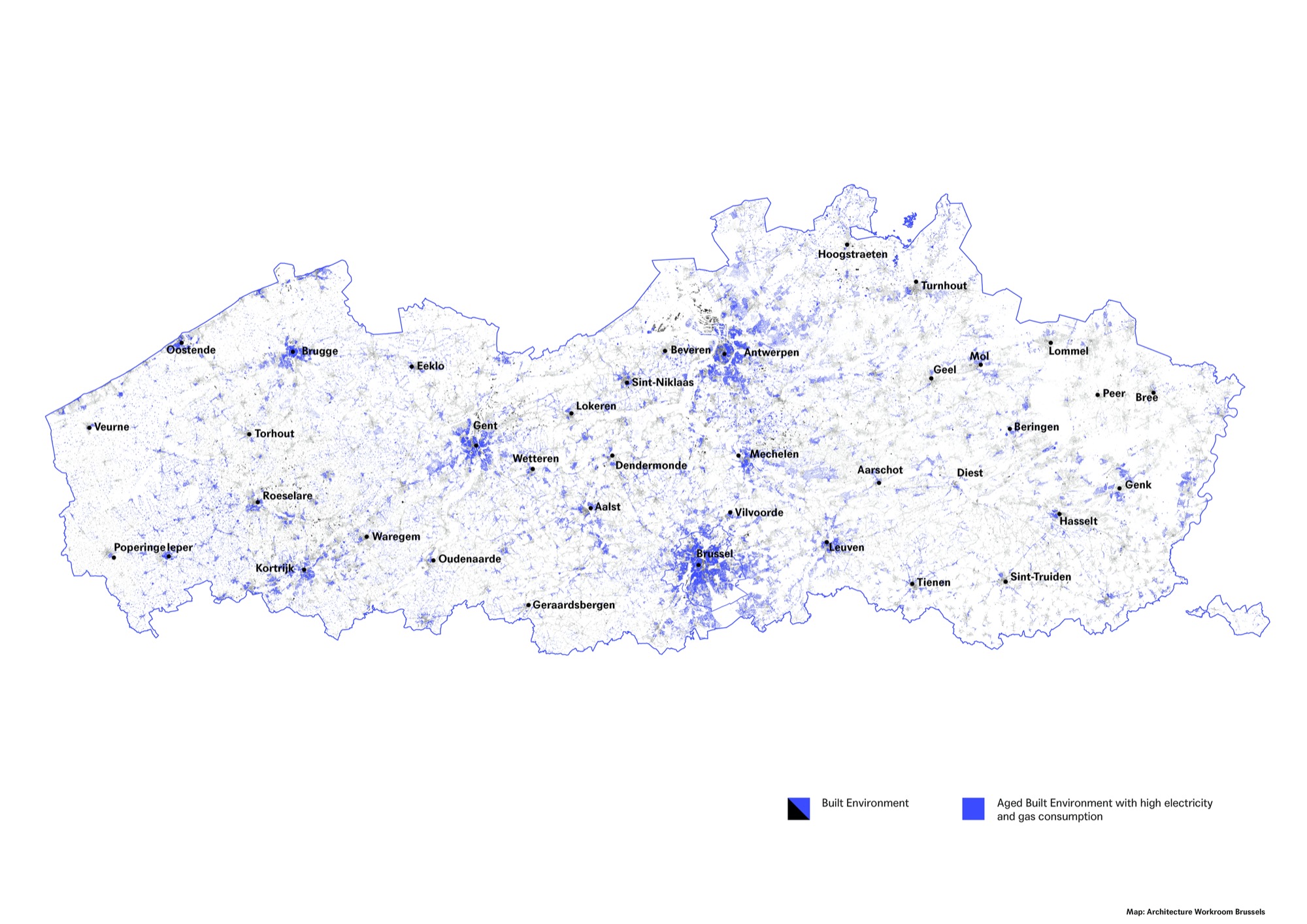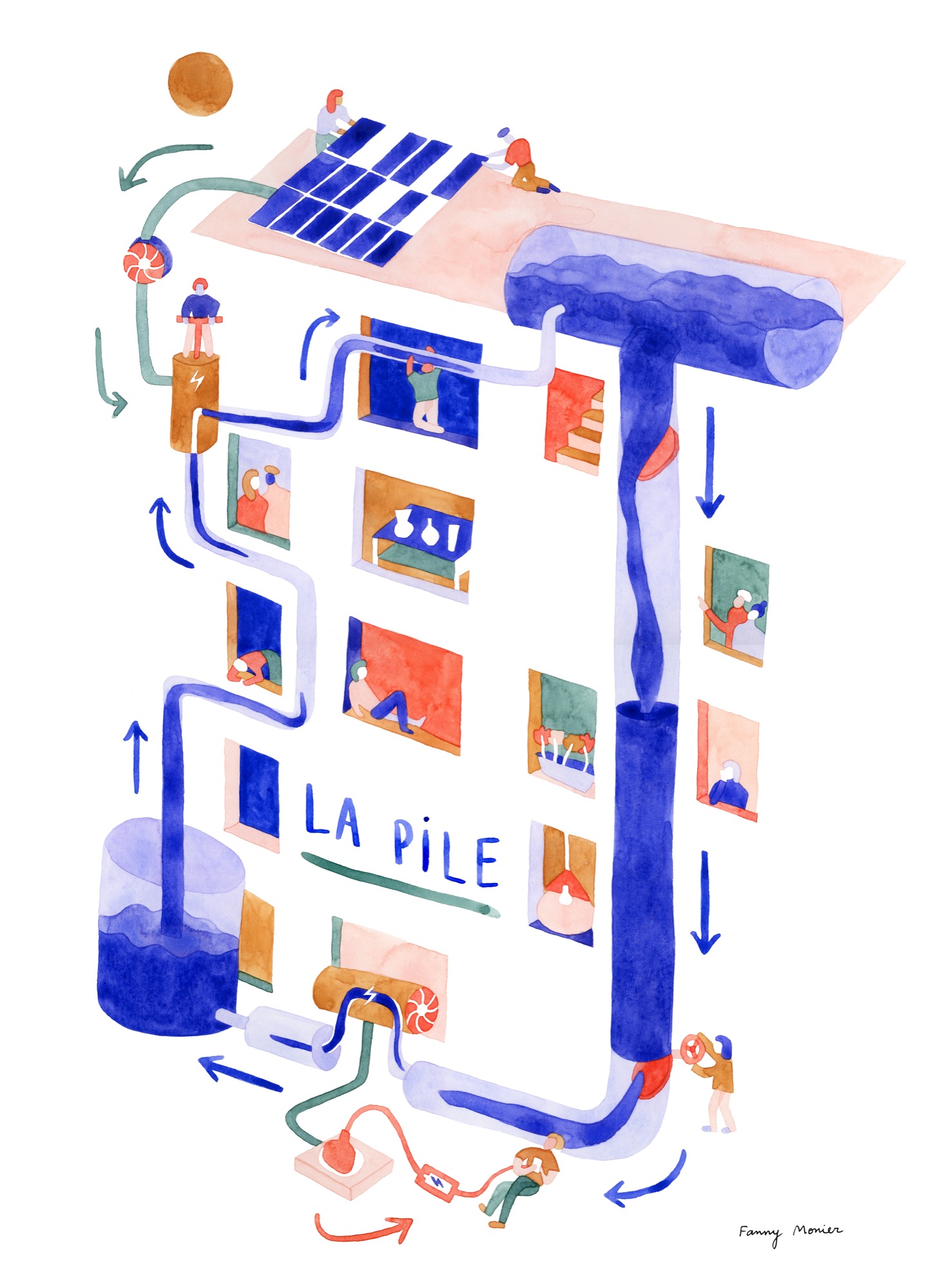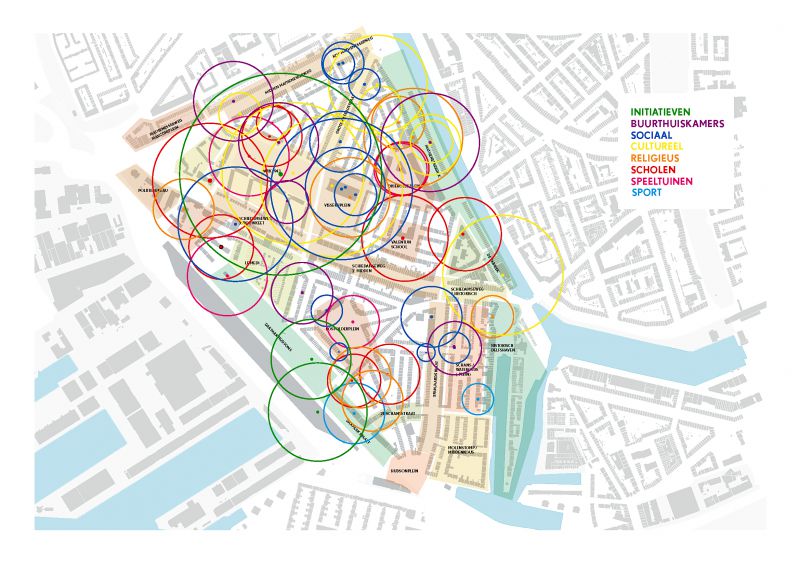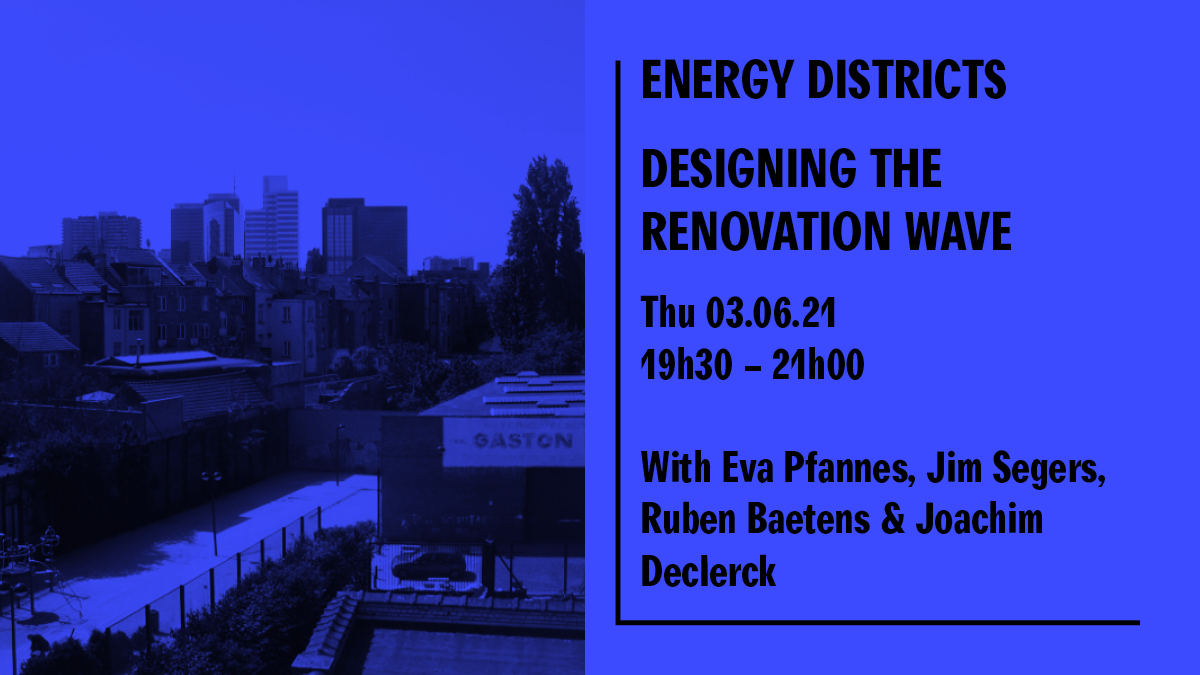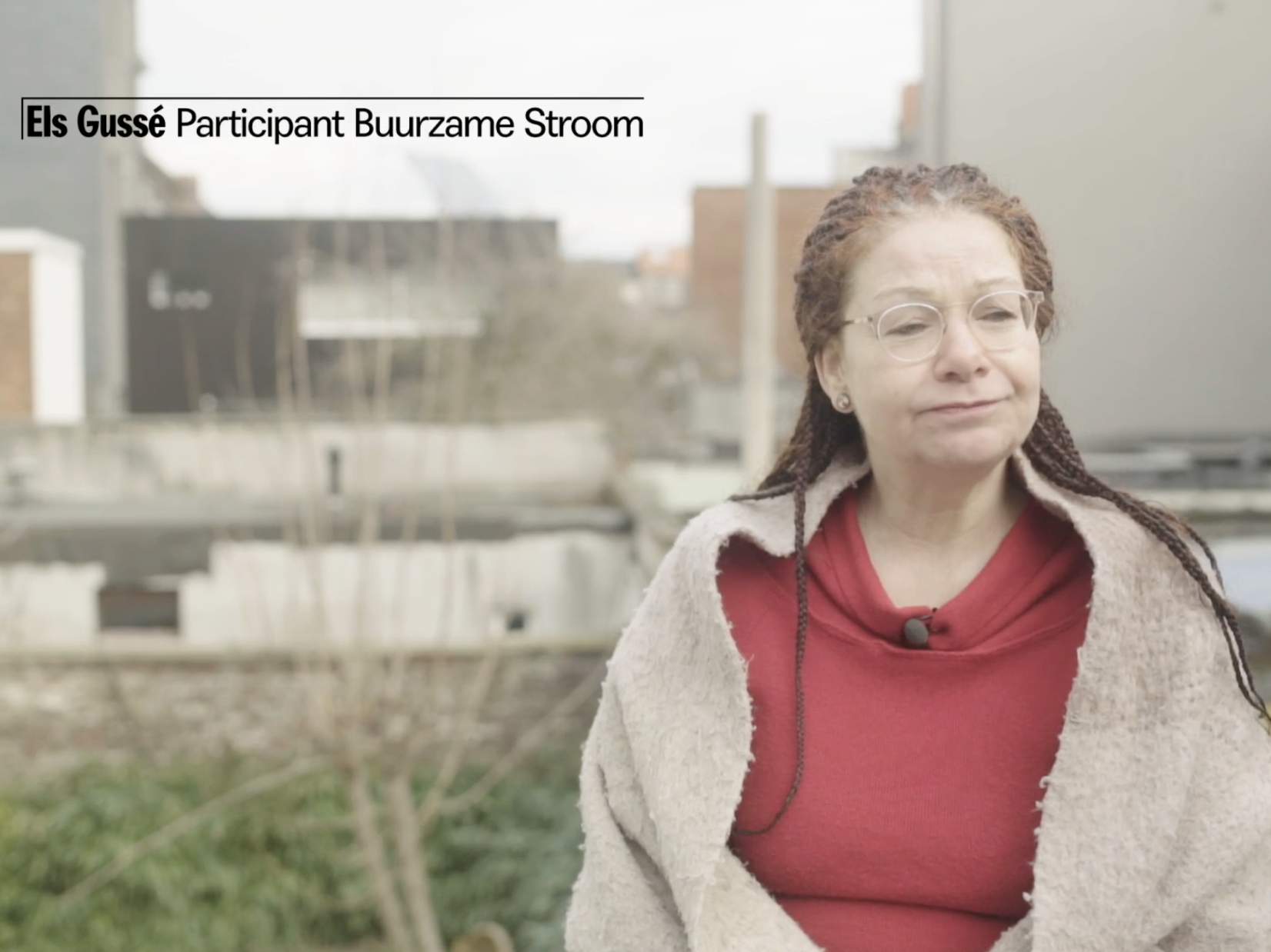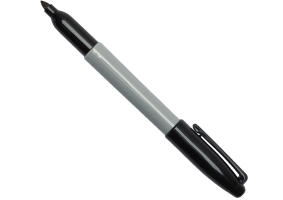Different mobilized and active actors in the field of the energy transition, also part of the ongoing exchanges organised within the Coordination Platform, have been invited to reflect together during this district exploration. Here we focused on how we should collectively start to envision and realize the energy transition in the Northern District, by identifying potential local energy projects.
At the same time experience of other Belgian cases where the energy question has been put central in developing local energy production and in strategizing upon a differentiated local energy district, have been part of the discussion.
In fact, during the walk several pitches were given by experts to fuel the conversation with specific knowledge. Near the Foyer Laekenois towers, Jean Frippiat from APERe gave a first pitch explaining how to set up different Local Energy Communities, bringing to the fore Nos Bambins and SunGilles as examples.
Afterwards as we continued into the Senne parc, Chloé Verlinden from CityMine(d) explained their current project SunGilles and how they are trying to set up a LEC with the inhabitants of a social housing block. Clear in the discussion was that the energy question needs to enter the daily life of the neighbourhood, where citizens, public and private actors and stakeholders can play a key role in building this energy district. This would imply collective mobilization of the neighbourhood, where sensibilization around the reduction of energy consumption, and the local production are central questions for this shift.
Once close to the port and the location of the future Sports Tower, the group started reflecting and discussing on how new buildings and local transformations could represent a crucial opportunity to implement local energy production. In this framework Anne-Sophie Vanhelder, working at the CityTools and Olga Bagnoli, from the City of Brussels, gave an overview regarding the work they are developing within the Contract de Quartier Durable, as an opportunity to further implement and embed the energy question in the local transformations.
Therefore, clear in the discussion was that an energy district in the Northern Quarter needs to tackle many local questions at the same time, and that an integrated way to structure this pivotal change is needed. This was the ground in which the presentation from Wannes Vanheusden from 3E laid in. He illustrated the concept of a community dashboard, how it would funtion and how it constitutes an instrument to support an integral transformation of the district towards a PED. The concept of a community dashboard was further enriched by Boniface Nteziyaremye, part of the team of WeSmart, reporting the experience and the work done for the Tivoli project.
The walk concluded with a broader reflection on what those experiences would bring in the Northern District. In fact, the walk represented a good opportunity to start imagining concrete coalitions around certain projects and concepts. In the Northern District the discussion represented a testing moment to identify fertile ground to start working on the Positive Energy District. As a result of the walk, three specific concepts seemed relevant to start taking action towards an energy project in the neighbourhood:
The first component is related to the envisioning and building up of a Local Energy Community. This would mean that by building local mobilisation of residents by initiating possible dynamics for citizens engagement and co-creation, we would look into the local pattern of consumption and build local energy exchanges. The starting point could be around the Foyer Laekenois community
Furthermore, the new building developments, which characterizes the dynamics of the Northern District, has been identified as a good opportunity to start thinking about how the regulations as an urban planning instrument are pivotal in enhancing the local energy production. The development of the Sports Tower, along the canal seemed like a good starting point to tap into this discussion.
At the same time, the ongoing process built in the framework of the Contract de Quartier Durable was highlighted as a potential testing ground to further investigate and initiate dynamics of collective renovation of the local housing stock, starting from the Masui neighbourhood in the district.
Organisers:
City of Brussels, 3E, Architecture Workroom Brussels,
Participants:
Chloé Verlinden (CityMine(d)), Jean Frippiat (APERe), Ruta Aleks (1010au), Fred Tourné (Befimmo SA), Brigitte Auquier (Brussels Environment- Energy Unit), Anne-Sophie Vanhelder (CityTools), Alexandre Vanheule (Tractebel-Engie), Christophe Pourtois (Foyer Laekenois), Lien Dewit (Municipality Schaarbeek), Jonathan Lukas (Municipality Schaarbeek), Thomas Deweer (Up4North), Boniface Nteziyaremye (WeSmart), Stijn Oosterlynck (University of Antwerp), Donatienne Wahl (Chef cabinet Hellings), Laurent Du Bus (City of Brussels), Arnaud Kinnaer (City of Brussels), Pierre Hendrickx (City of Brussels), Olga Bagnoli (City of Brussels - Urban renovation), Roeland Dudal (AWB), Chiara Cicchianni (AWB), Hanne Mangelschots (AWB), Lucas Desmet (AWB), Simon De Clercq (3E), Wannes Vanheusden (3E), Filis Zumbultas (City of Brussels), Lea Kleinenkuhnen (City of Brussels), Sofia Rueda Castellanos (City of Brussels), Coralie De Crem (City of Brussels – Energy unit), Arnaud Bastogne (City of Brussels – Energy unit)
